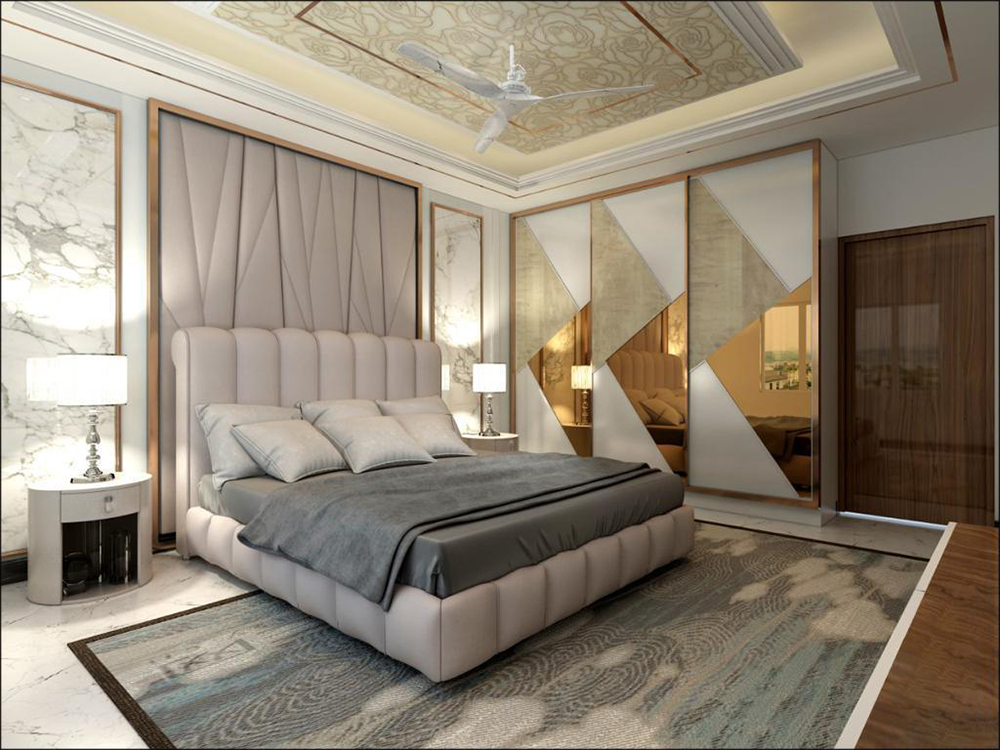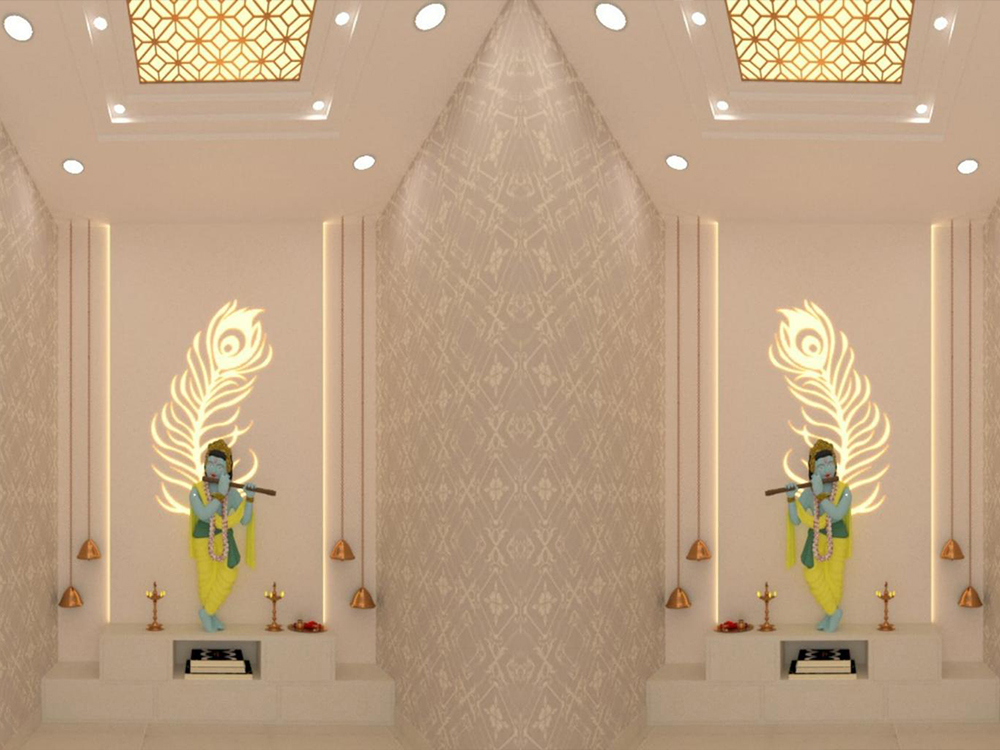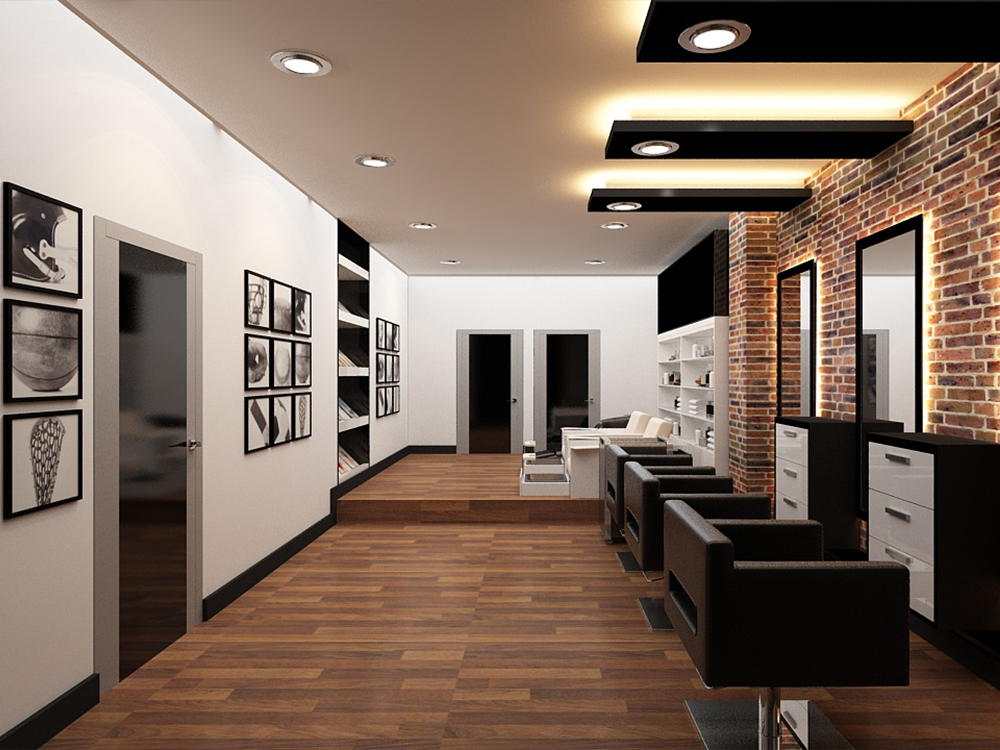Home Automation
Home Automation
Home automation in interior design involves integrating smart technology and devices into the design and functionality of a living space. This creates a seamless and efficient living environment where various systems can be controlled and automated for convenience, comfort, and energy efficiency.
Key Aspects of Incorporating Home Automation in Interior Design:
- Lighting Control Smart lighting systems allow for the customization of lighting levels, color temperatures, and even the ability to create lighting scenes for different activities or moods. Motion sensors and timers can also be integrated for energy savings.
- Climate Control Smart thermostats and HVAC systems enable homeowners to regulate temperature, humidity, and air quality remotely. Automated climate control can optimize settings based on occupancy patterns.
- Window Treatments Motorized blinds and curtains can be programmed to adjust based on natural light levels, time of day, and user preferences. This enhances privacy, energy efficiency, and convenience.
- Security and Surveillance Home automation systems can integrate with security cameras, motion detectors, door/window sensors, and smart locks. Notifications and remote access provide increased security and peace of mind.
- Audio and Visual Systems Integrated audio and visual systems allow for centralized control of entertainment devices, including speakers, televisions, and streaming services. This creates a seamless entertainment experience.







